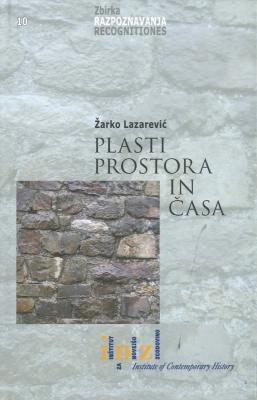Plasti prostora in časa: iz gospodarske zgodovine Slovenije prve polovice 20. stoletja
Keywords:
Slovenia, economic history, economy, economic developmentSynopsis
The presented events and phenomena from the Slovenian economic history until World War II testify to the economic changes as an integral part of the changes within a society. Namely, social and economic changes are parallel and reciprocal. They are a combination of complex, partly also contradictory and mutual relations between society and individuals, society and technology as well as society and economy in the context of a definite value system. Furthermore, they also emerge and function in a certain social, cultural, temporal and regional context. Until World War II Slovenia was, in terms of its social and economic structure, similar to the East European situation, and that became even more evident after its integration into the Yugoslav state. This was the time when the Slovenian society faced the challenges
of the transition into a new and different paradigm of development, social relations and concept of economic progress. Industrialisation was the most important factor of these changes, influencing the reallocation of social power and relations, system of social values and lifestyles, as well as the landscape. It was gradual and of modest extent, limited to the exploitation of basic natural resources for decades. Even in the beginning of the 1930s the livelihood of two thirds of the Slovenian population depended on the industries based on natural resources, including agriculture – meaning technologically less demanding sectors. Only the time between both world wars brought about a somewhat faster dynamics and partial change of the industrialisation pattern.

Published
January 3, 2009
Print ISSN
2350-5664
Copyright (c) 2009 ICH Press
License

This work is licensed under a Creative Commons Attribution-NonCommercial-NoDerivatives 4.0 International License.
Details about the available publication format: Shop
Shop
ISBN-13 (15)
978-961-6386-22-7
Date of first publication (11)
2009

